The Nimrod MR1 had entered service in 1969 and the updated MR2 arrived in 1975. In September 1973 as part of a cost cutting exercise, RAF Topcliffe closed and the Air Electronics and Engineers School moved to RAF Finningley, South Yorkshire. The move took place in 2 phases over a 6 week period, the ground training being re-located in the first phase. About a month later the aircraft and flying training organisation followed. Hawker-Siddeley Nimrod MR2 Training was established alongside but completely independent of the existing Navigator School.

In October 1974 Argosy XP411 was flown to RAF Finningley; in the red and white RAF Training colours as a re-designated Argosy T.1; it was the first of what should have been 10 or so for crew training at Finningley, to replace the Varsities. It existed in an aura which bordered upon secrecy, only flying at night or during quiet weekends and spending the remainder of the time locked in a hangar. XP4I 1 was used for crew familiarisation pending anticipated delivery of Argosy T.2 aircraft which were cancelled in 1975 due to defence cuts; as 8442M it went to No. 2 SoTT at RAF Cosford in May 1975 and in April 1988 it was transferred to the RAF Museum, Cosford where it is today. With the Argosy project scrapped the Dominie replaced it and was delivered to RAF Finningley in March 1977 and the Varsity which had given excellent value had given its last training flight; one, WF369, was flown to Newark Air Museum.
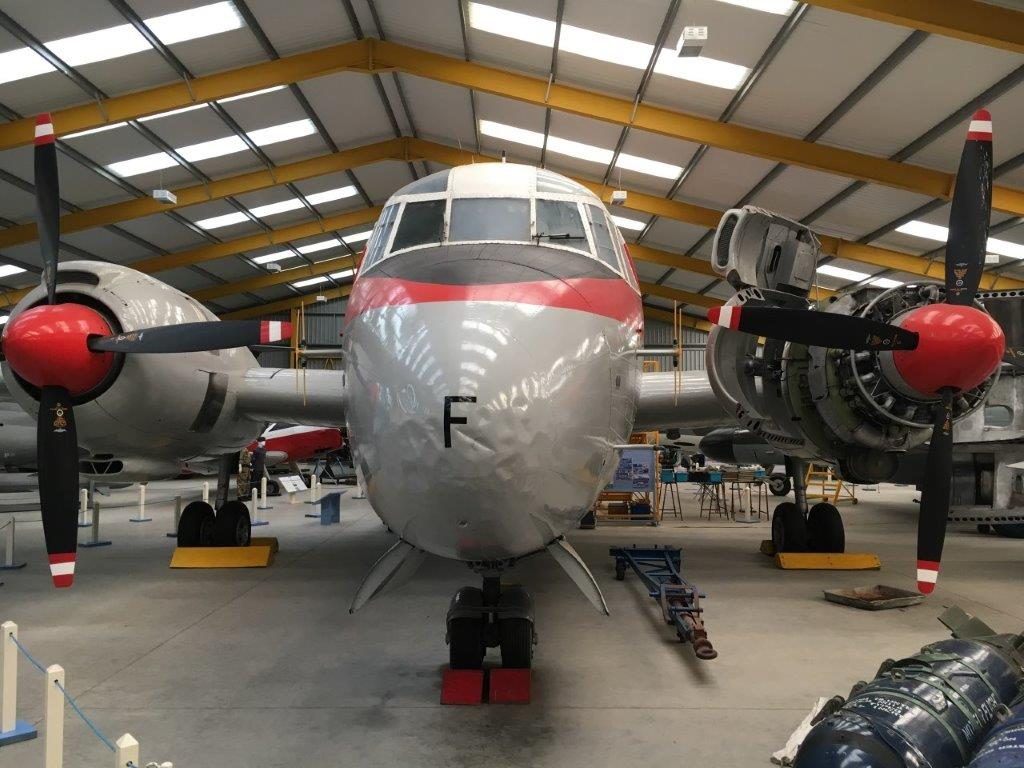
Argosy C1 XN819 arrived in the late 1970s with the cockpit being used as a procedures trainer from 1980-1984 after which the cockpit was transferred to Newark and reassembled in working order.
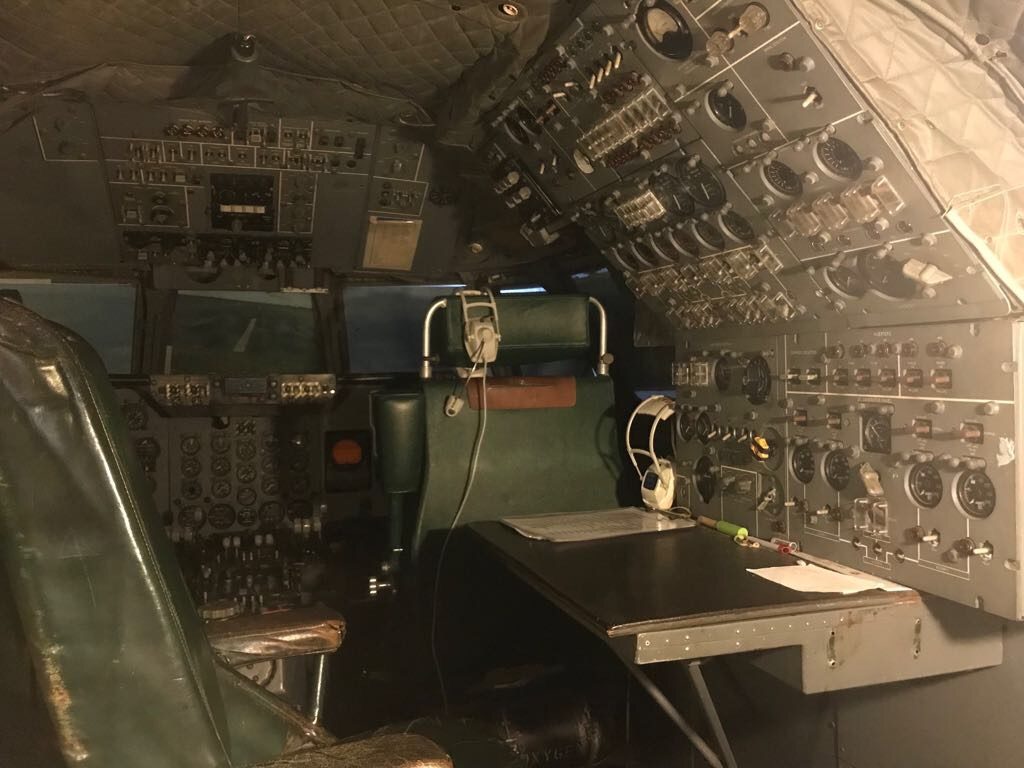
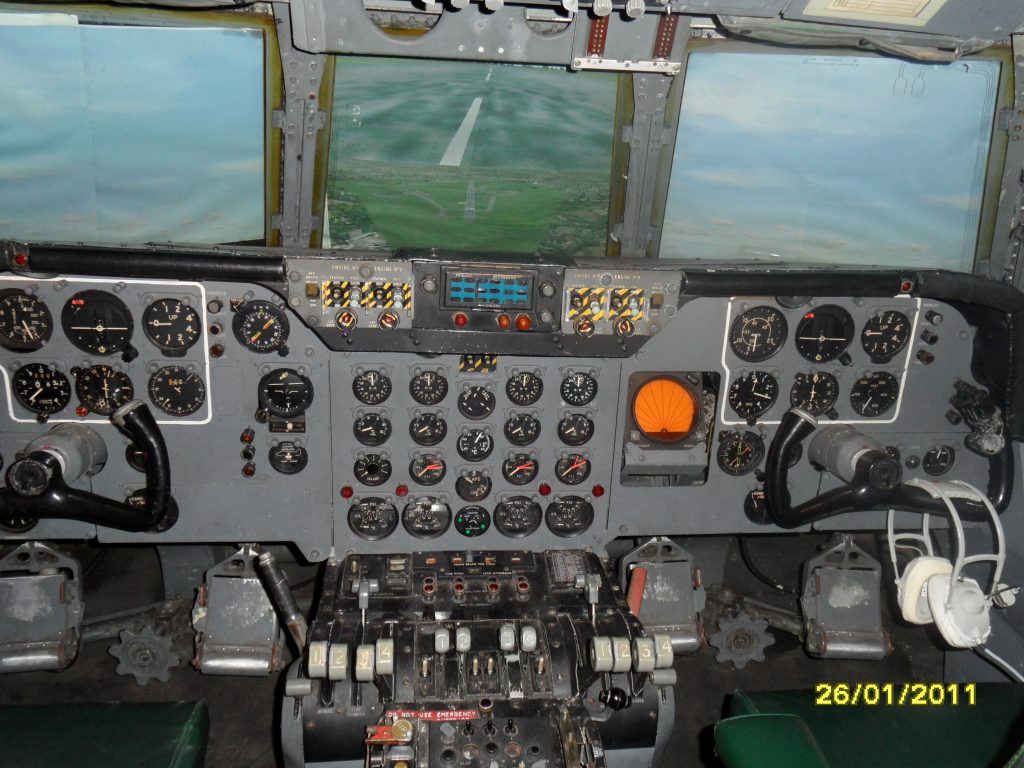
All flying was to be combined with Navigator training and the flight profiles would be planned exclusively to meet the requirements of the Navigators. Flying hours for the engineers were cut and the quality of Dominie flying could no longer form a final handling phase of the course.

In 1982 the OC of No.4 Son’, St. Athan; Wing Commander Murray arranged for the engineers memorial be transferred to the Air Electronics and Engineers School at RAF Finningley. The memorial was subsequently relocated to RAF Cranwell in 1996 on the closure of Finningley and when the Air Engineer School at Cranwell also closed in 2005 the memorial was transferred to the Air Museum here at Newark for permanent display.
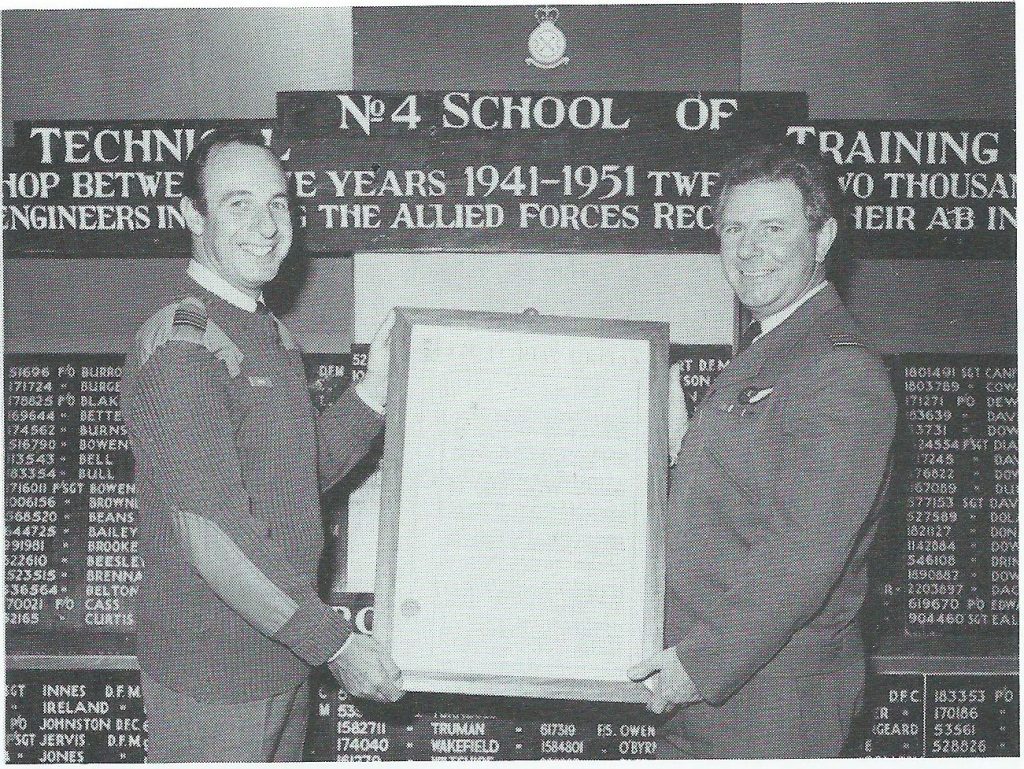
Future courses were now trained on the new Nimrod based AEPT (Air Engineers Procedures Trainer).
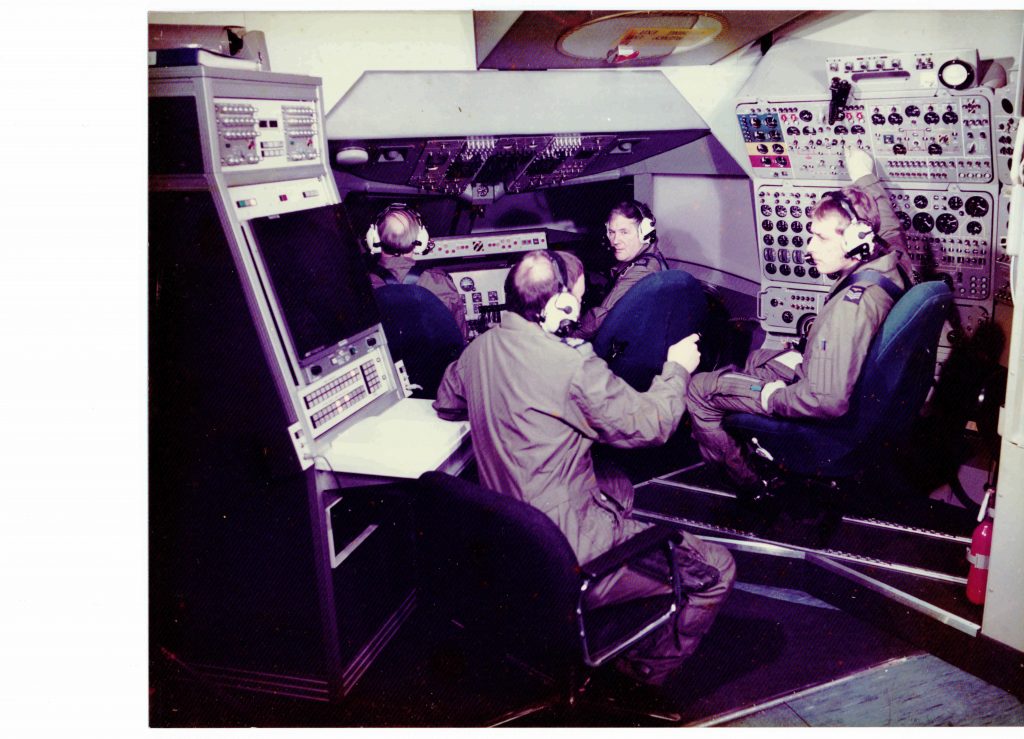
With the decision to purchase the E3 Sentry aircraft the RAF was left with a surplus of Nimrod AEW airframes. In 1987 , … Finningley took delivery of an AEW aircraft (XV263). The rear electronics suite had been completely removed and the aircraft was renamed the Air Engineers Ground Instructional Aircraft (GIA). This removed the requirement for the Air Engineers to travel to RAF Halton for Argosy engine ground running. The AEW Nimrods were scrapped in the 1990s.
The first female Air Engineer students commenced their training with No. 163 course in 1991. Two of the three successfully completed the course.
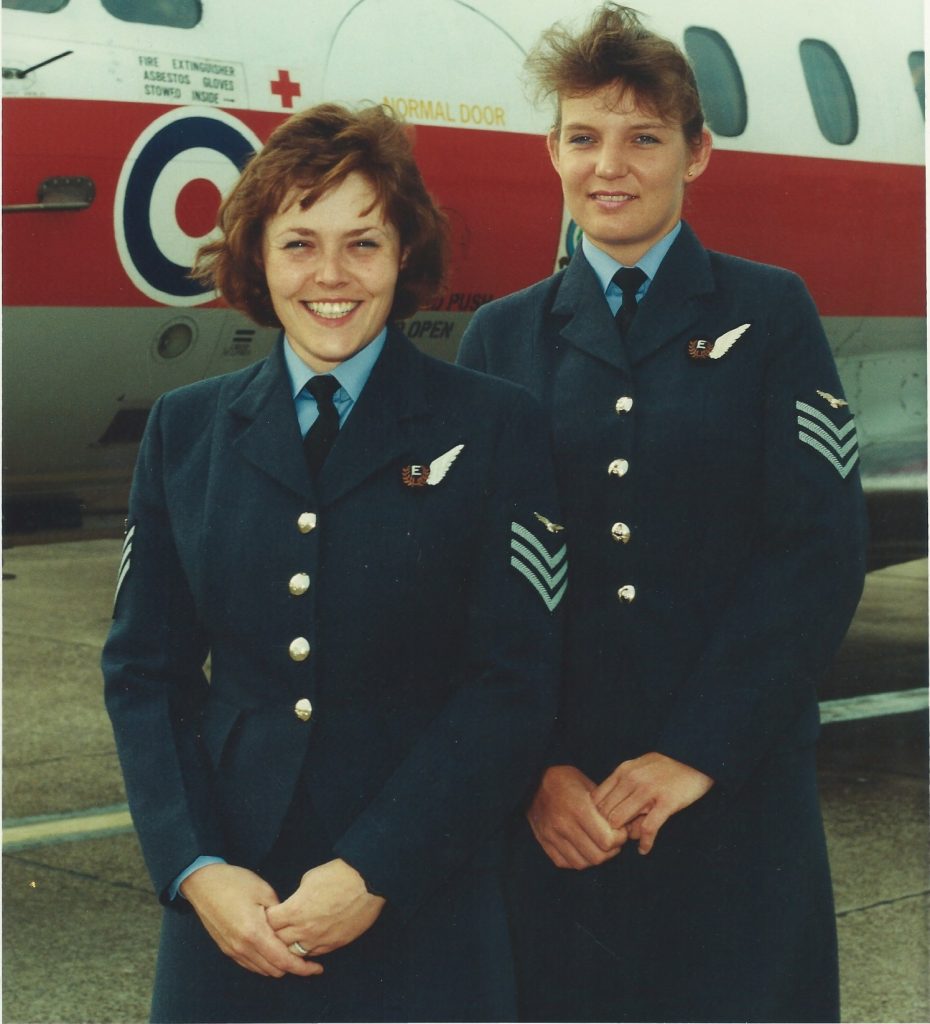
Following the 1994 announcement from the Ministry of Defence that RAF Finningley was to close under the Front Line First round of defence cuts, it was announced that the Dominic Squadron of 6 FTS would be relocated to RAF Cranwell in Lincolnshire.
In November 1996. the Finningley units were reformed within Cranwell’s own resident No 3 Flying Training School, as the Navigator and Airman Aircrew School, with NAAS’ flying arm as No 55(Reserve) Squadron; the 55(R) number had become available by the disbandment that year of the VC.10 OCU at RAF Brize Norton.
The last Air Engineers to get their E’ badges qualified in 2002. With the obvious exception of the Pilot branch the Air Engineer branch is the oldest aircrew in time served, being in continuous service from February 1941 until 2008.
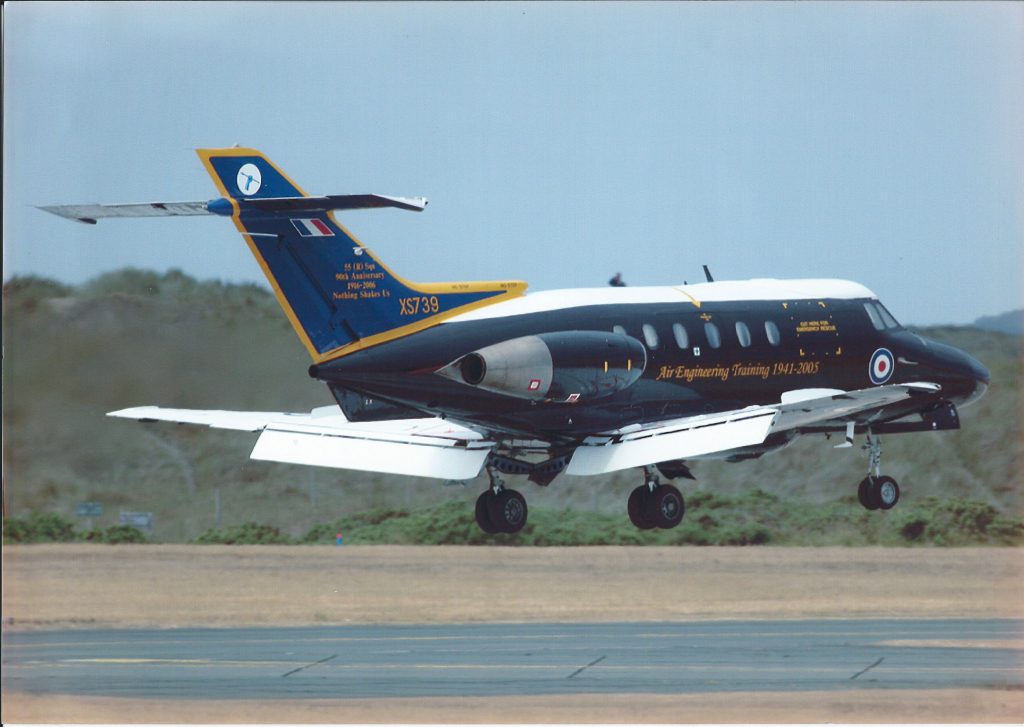
From 1 Apr 2003, RAF ‘Airmen (Aircrew)’ became known as ‘Non-Commissioned Aircrew’. The new branch of capon Systems Operator (WSOp) replaced all four trades (Air Electronics Operator, Air Engineer, Air Signaller and Air Loadmaster) and new graduates were awarded a new Rear Crew’ brevet. After undergoing a twelve-week Airman Aircrew Initial Training Course, the students were promoted to the rank of acting sergeant and progressed to initial specialist training. The courses were varied and included WSOp Basic; WSOp (EW) Maritime; WSOp (EW) E-3D; WSOp (Acoustic); WSOp (Linguist); Air Engineer and Air Loadmaster.
The AEng course was forty-six weeks duration and divided into academic, flying and synthetic phases. The students practised elementary systems operations in thirteen exercises flown in the Dominic aircraft where they learnt the practical aspects of airmanship and aircraft operations. Fixed-wing students remained with 55(R) Sqn to complete a five-week flying phase. On completion of initial specialist training, students began flying under supervision at Lyneham or Brize Norton for fixed-wing aircraft or No 2 FTS at Shawbury for rotary-wing aircraft.
In 2005 it was decided that, with the increasing number of ‘glass cockpit’ layouts in the RAF, that the need to train ab-initio Air Engineers no longer existed; the trade was abolished in 2008.
FLIGHT/AIR ENGINEERS TRAINED AT:
St. Athan 1942-1951 (with Locking 1944)
Weeton/Melksham 1960-1964
St. Athan/Newton 1964-1967
Topcliffe 1967-1973
Finningley 1973-1995
Cranwell 1996-2005
The Flight/Air Engineer was ‘born’ in the Second World War as a result of the development of larger and more complex aircraft. Ironically it is that continued development of aircraft that sounds their death-knell. After the Second World War the need for Air Engineers continued but their numbers inevitably’ declined until the trade was finally abolished in 2008. They were involved in the Berlin Airlift, Korean War, Suez campaign, Indonesian conflict, the Falklands, Balkans and the Gulf wars. They continued to serve their country with the same dedication and highly professional standards as did their wartime forebears.
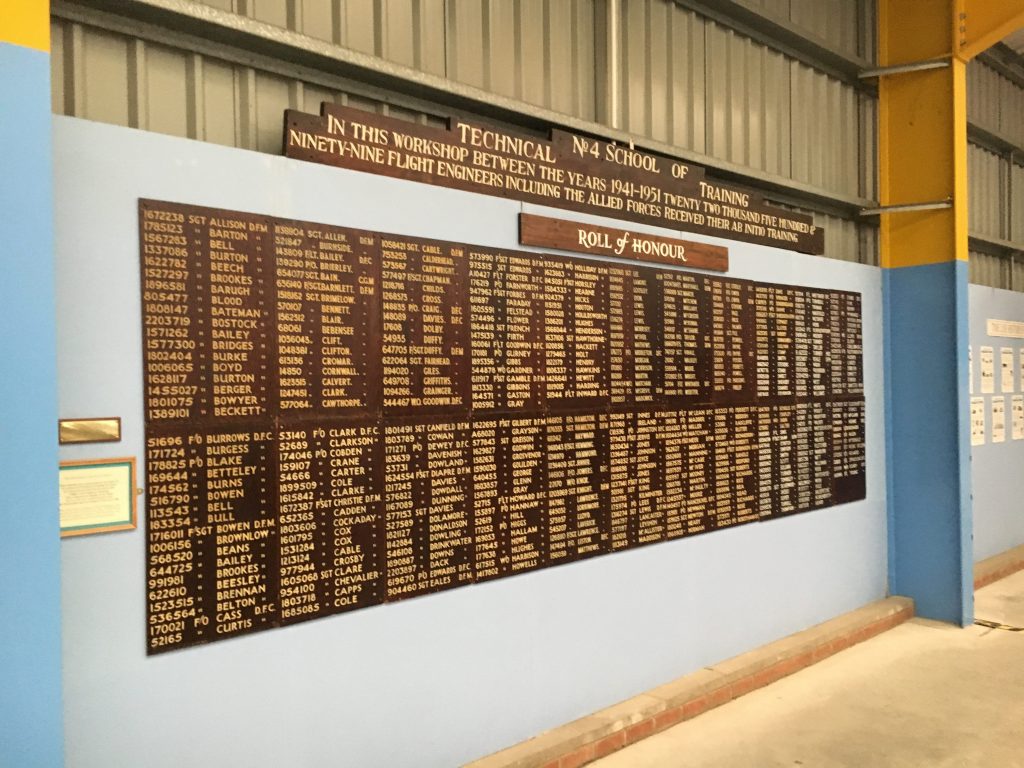
• These boards were renewed and updated in 2012 incorporating original information and photographs produced by W R Barbour and which were formerly displayed at RAF Cranwell.
